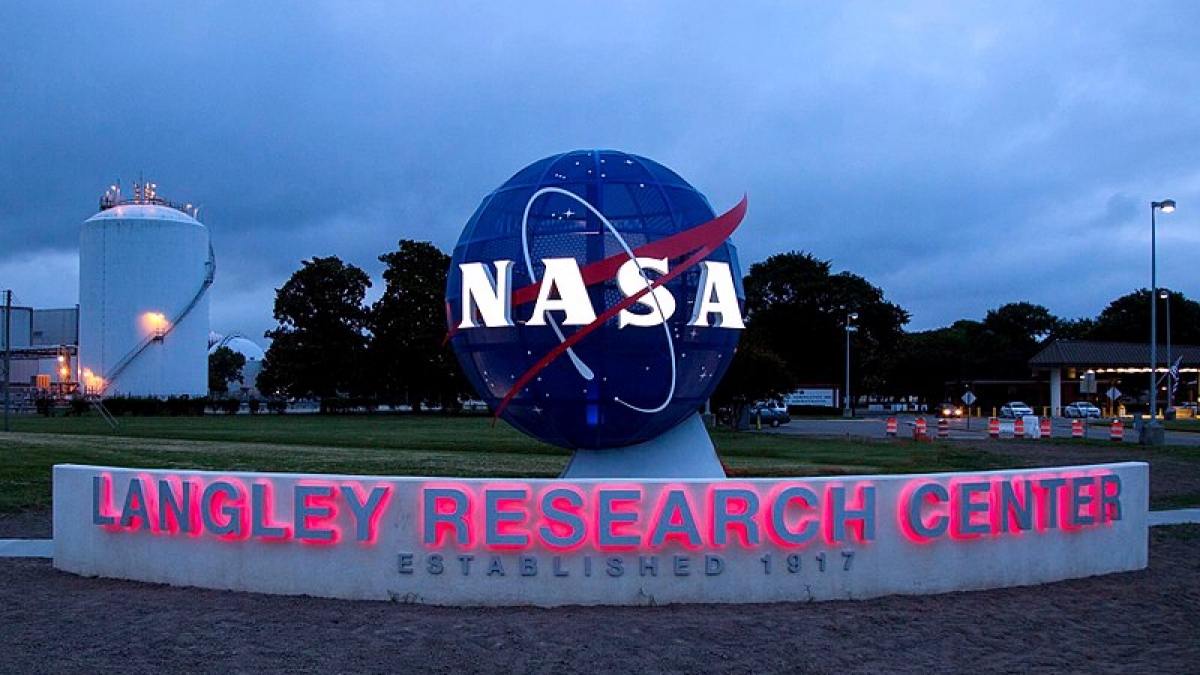Part 11 of 12 Parts
Sixteen research projects drawn from NASA, the space industry and academia will receive grants from the NASA Innovative Advanced Concepts (NIAC) program in order to study the feasibility of their concepts. Here are more of the projects:
15. Light Bender
Charles Taylor
NASA Langley Research Center
Light Bender is a unique concept for the generation and distribution of power on the lunar surface. This idea is part of the context of the Artemis mission and the “Long-Term Human Lunar Surface Presence” that will follow. This innovative concept is based on a heliostat that utilizes Cassegrain telescope optics as the primary way to capture, concentrate, and focus the light of the Sun on the surface of the Moon. A second key innovation is the utilization of a Fresnel lens to collimate this light for distribution to multiple end users at distances of a mile or more away without significant losses. The redirected and concentrated solar energy is then converted to electricity at the end user’s location using small (about one inch in diameter) photovoltaic arrays that can be mounted on habitats, cyro-coolers, or mobile assets such as rovers or ISRU elements. This concept is superior to alternatives such as highly inefficient Laser Power Beaming (LPB) because it only converts light to electricity once. It is also superior to traditional power distribution architectures that rely on mass intensive labels.
The value proposition of Light Bender is a ~5x mass reduction in mass over traditional technological solutions such as LPB or a distributed network predicated on high voltage power cables. Light Bender will also allow the powering of scientific and ISRU systems in permanently shaded crates on the Moon’s surface in ways that other systems cannot. In the initial design, the primary mirror system captures the equivalent of almost forty-eight kilowatts of Sun light. End user electrical power will be dependent on the distance from the primary collection point. Informal analysis suggests that at least nine kilowatts of continuous power will be available within half a mile of the heliostat. This rivals a Kilowatt small nuclear reactor’s stated output of ten kilowatts. The total system power level is scalable either by changing the size of the primary collection element, the size of the receiver element, the distance that separates nodes, or by increasing the number of collection systems established on the Moon.
The Phase 1 system feasibility and trade studies will address the “know unknowns” of the system design that will have an impact on performance and operational suitability of the system. There are two primary areas of importance at this point in time. The first one is the optical mirror/lens design and how this design will manifest itself in a mechanical structure meant to deploy autonomously form a small-stowed volume. The first analysis requires the creation of a detailed optics system model and subsequent trade studies of element design, materials, and coatings to achieve a solution that provides acceptable light propagation performance. Once a design is finalized, competing methods of autonomous deployment will be evaluated. The second important task following the design/feasibility study, is an evaluation of architectural alternatives for Light Bender which will be performed in the context of a lunar base located near the Moon’s South Pole during sustained lunar surface operations. The primary figure of merit will be the minimization of landed mass. Comparisons will be made to known power distribution technologies such as LPB and cables.
